
ADLARD COLES
Bloomsbury Publishing Plc
50 Bedford Square, London, WC1B 3DP, UK
29 Earlsfort Terrace, Dublin 2, Ireland
This electronic edition published in 2022 by Bloomsbury Publishing Plc
BLOOMSBURY, ADLARD COLES and the Adlard Coles logo are trademarks of Bloomsbury Publishing Plc
First published in Great Britain 2022
Copyright Sam Jefferson, 2022
Sam Jefferson has asserted his right under the Copyright, Designs and Patents Act, 1988, to be identified as Author of this work
For legal purposes the constitute an extension of this copyright page
All rights reserved
You may not copy, distribute, transmit, reproduce or otherwise make available this publication (or any part of it) in any form, or by any means (including without limitation electronic, digital, optical, mechanical, photocopying, printing, recording or otherwise), without the prior written permission of the publisher. Any person who does any unauthorised act in relation to this publication may be liable to criminal prosecution and civil claims for damages.
A catalogue record for this book is available from the British Library
Library of Congress Cataloguing-in-Publication data has been applied for
ISBN: 978-1-4729-7536-2 (PB)
ISBN: 978-1-4729-7537-9 (eBook)
ISBN: 978-1-4729-7538-6 (ePDF)
Designed by Austin Taylor
Maps designed by Michael Parkin
To find out more about our authors and their books please visit www.bloomsbury.com where you will find extracts, author interviews and details of forthcoming events, and to be the first to hear about latest releases and special offers, sign up for our newsletters .

CONTENTS


The myth of Arion and the dolphin as portrayed by the French artist Franois Boucher. According to myth, Arion was a talented musician who was on his way home to Greece after winning a music competition in Sicily. On his way back, the crew got so sick of his lyre playing that they decided to steal his winnings and throw him overboard. Fortunately for Arion, he was rescued by a friendly dolphin who took him to shore. In true Greek myth style, he left the dolphin to die when he reached the shore.

I N THE BEGINNINGit was all fire and hot stuff. The gods were angry. Not only that, much worse, they were bored and to pass their time they occupied themselves with a mixture of tormenting the human race and carrying out the most depraved acts imaginable. At any rate, that certainly seems to have largely been the Greek take on gods and how they behaved. During their time, they bestrode Greece and the wider Mediterranean behaving appallingly and with a very human level of wantonness and vindictiveness. In the process, their tales overlapped with reality with such regularity that Greece itself can be mapped out by their misadventures. This was the initial premise for this book, albeit in the form of a short article mapping out mythical Ithaca in relation to Odysseus and his many misadventures. However, I soon came to realise that the whole of the Ionian was full of mythical landmarks and that each story was well worth retelling.
This brings us straight to the nub of this book. The aim is to create a guide for sailors that will allow them to cruise the Greek coast while also placing landmarks, ports, bays and headlands within the context of the mythical tales. On one level, sailing around in search of sites linked to non-existent people and events that probably didnt happen might seem crazy, and yet the Greek mythical world is far more tangible than you might think and there is a clear correlation between mythical and real sites. Because, of course, many myths were constructed around the framework of at least somethingthat happened in an actual place. By following in the wake of the gods, it soon becomes clear that you can find out an awful lot about who the Greeks were, how their civilisation worked and, more broadly, how much our world today owes to them.
One thing to stress here is that this is not some scholarly book earnestly analysing the veracity of where and when a myth may/may not have occurred.

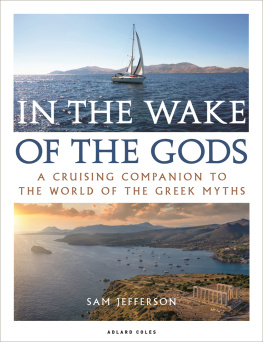
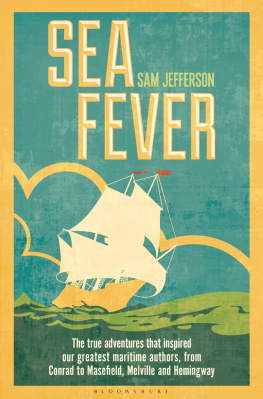
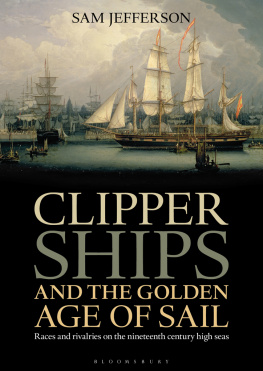
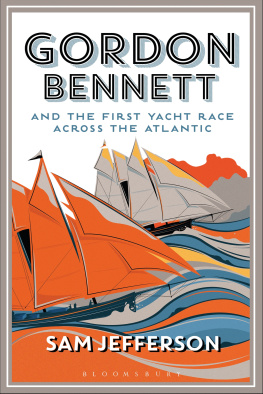
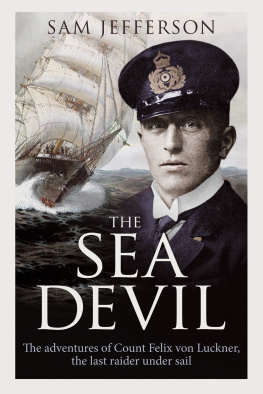



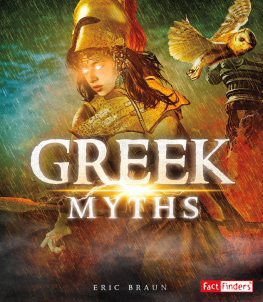
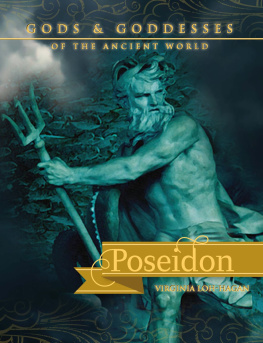
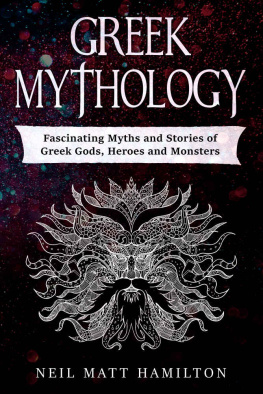

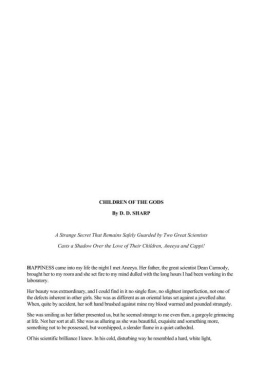
![Greek islands [2018]](/uploads/posts/book/209249/thumbs/greek-islands-2018.jpg)







